How Does Your Cat Communicate With You?
Cat Body Language Explained
If you are a cat guardian, you must know by now that your kitty will make his or her needs well-known to you. This is usually done through obvious means (e.g. vocalizing, meowing, pawing, etc.).
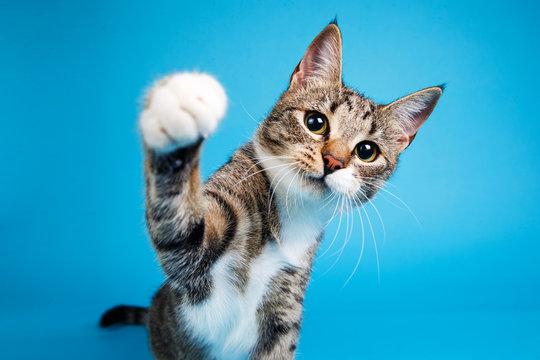
But, did you know that your cat is always trying to non-vocally communicate with you?
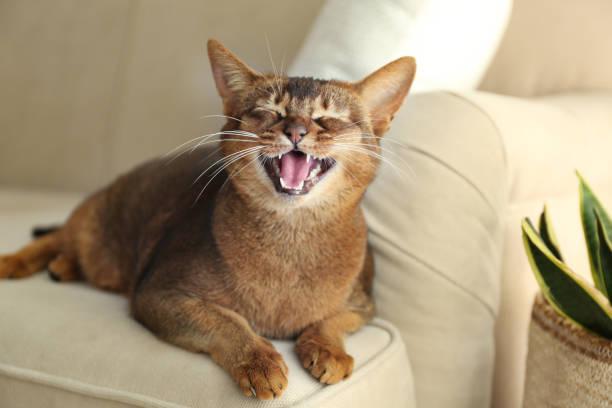
Here, we will delve into the silent and subtle secrets of cat body language so that you can better understand what your feline friend is trying to tell you!
Like with dogs, here are two things you should keep in mind before analyzing individual behaviors:
1. A CAT’S BODY MUST BE VIEWED AS A WHOLE
Rather than focusing on one part of the body to read a specific cat’s body language, it can be more helpful to consider his or her body as a whole. This is also extra confusing because unlike dogs, cats are experts at hiding pain and discomfort.
2. CONTEXT IS IMPORTANT
It is imperative to remember that certain behaviors may have different meanings in different situations. For example, a cat’s tail being up may indicate happiness or openness, but in the case of encountering another cat, it may indicate aggression or the intention to attack.
Now, let’s look at a cat’s body from top to bottom and consider all aspects of cat body language!
Ears
Cat ears are incredibly expressive and a key indicator of general mood in cat body language.
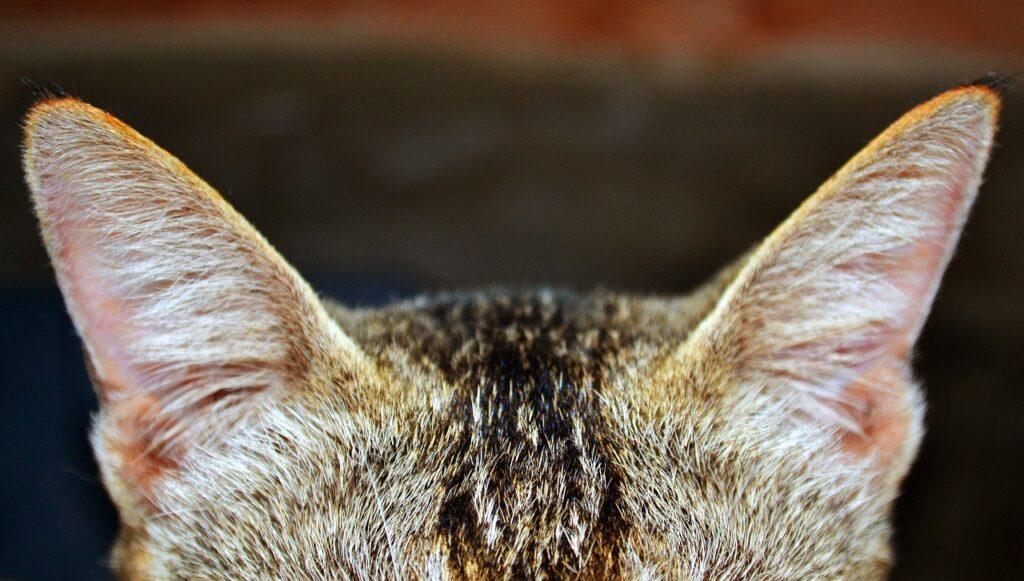
High ears mean your kitty is alert.
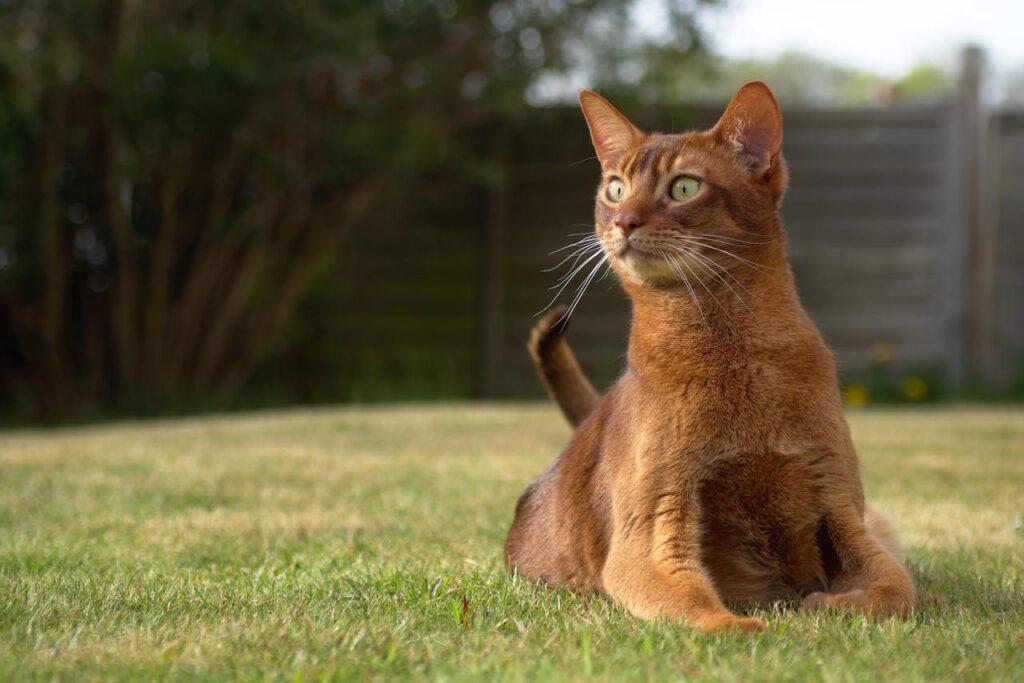
High and forward ears indicate confidence and happiness.
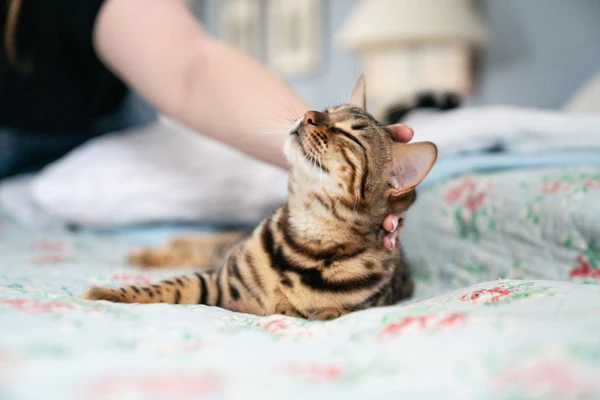
Low, flat, or backward ears show that your cat is angry or scared.
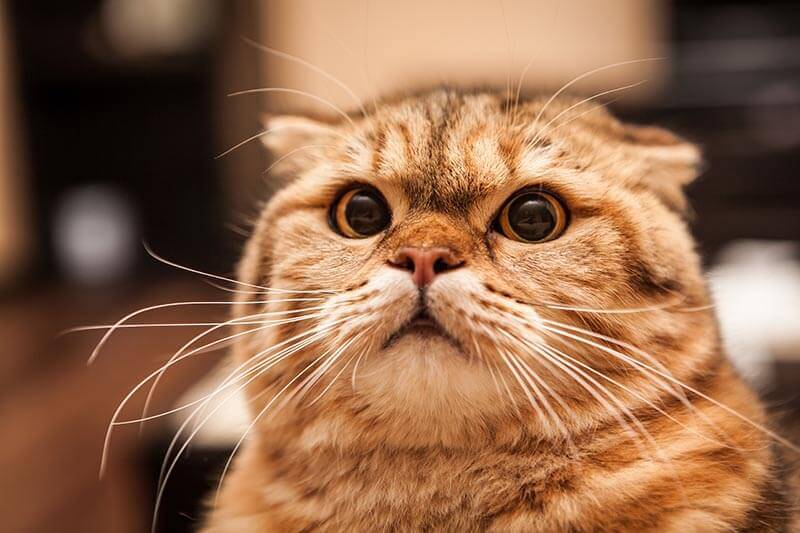
Eyes
Cat eyes are known for their distinct and beautiful shape. Besides being lovely to look at, they can tell you so much about how your cat is feeling! Thus, they are a very important part of cat body language.

Half-closed or relaxed eyes mean that a cat is feeling content and relaxed.
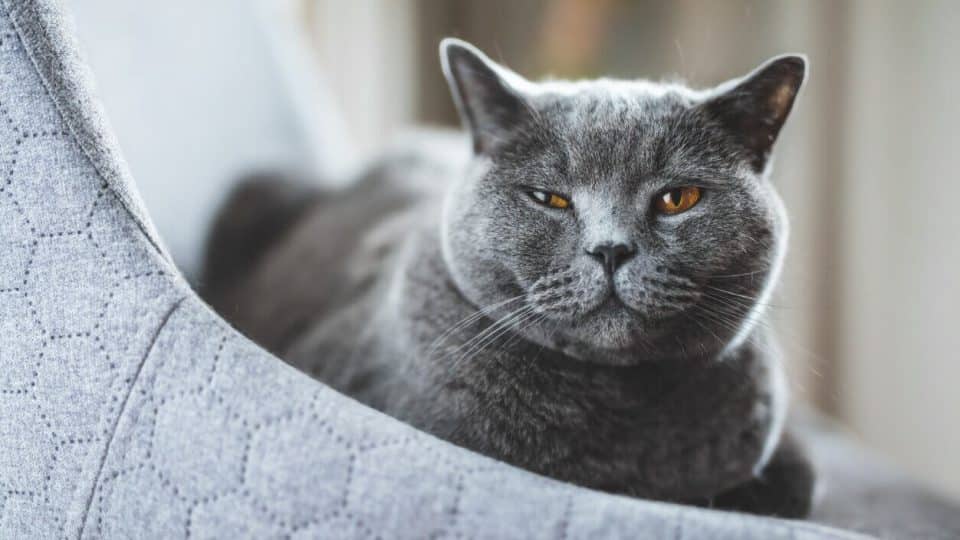
If your cat blinks or winks at you, that means that they love you and trust you! You can tell them you love them back by doing the same!
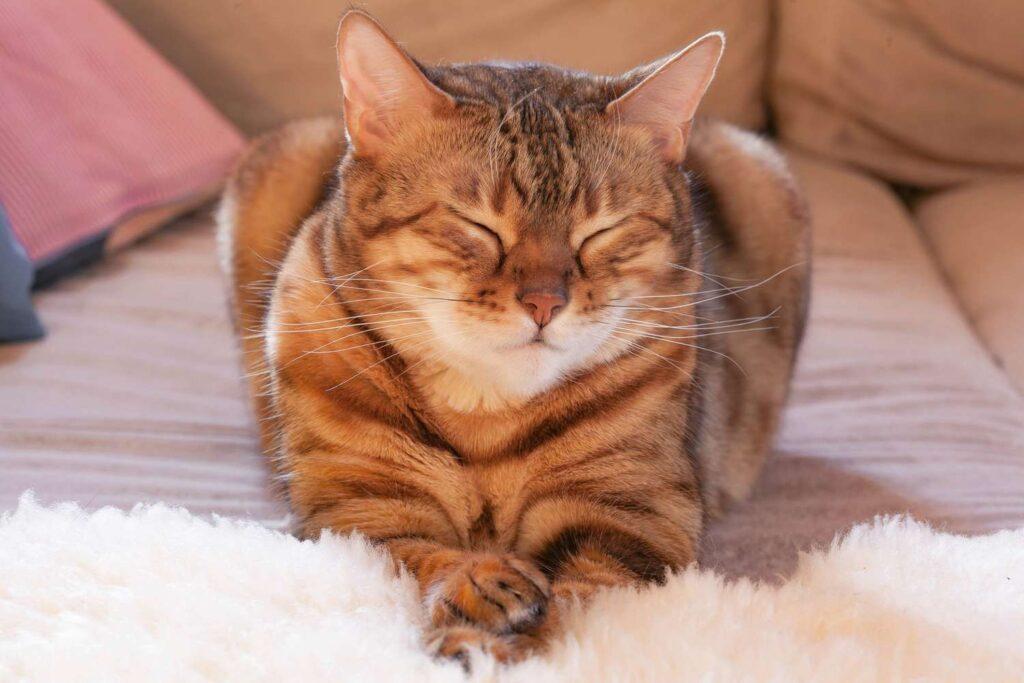
Wide-open eyes with dilated pupils indicate a state of arousal. Your cat may be excited, playful, angry, or scared.
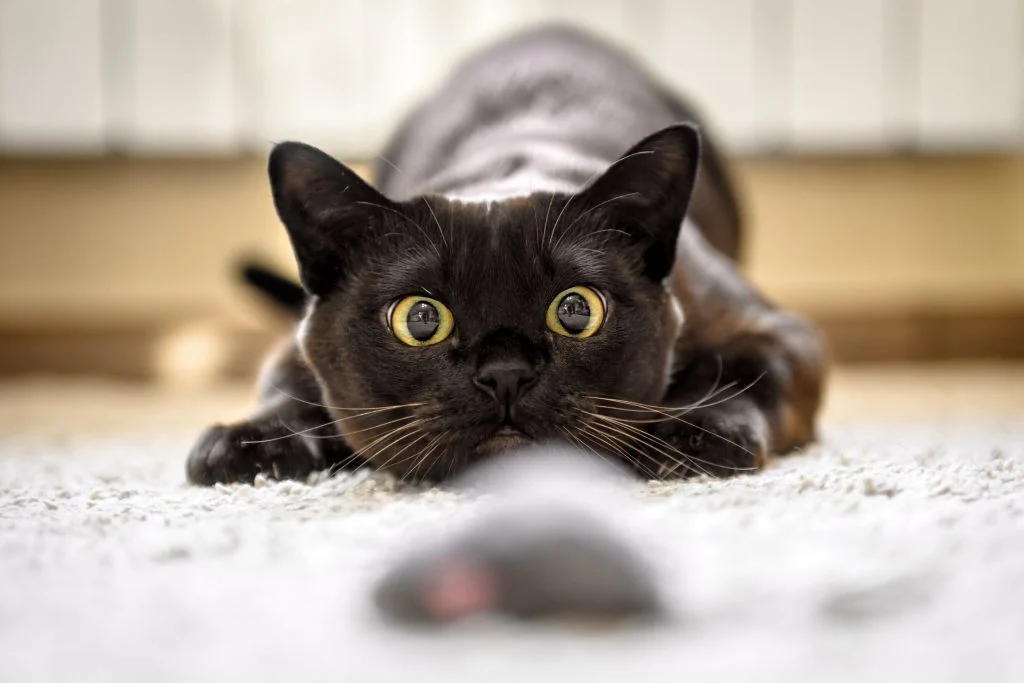
Eyes with narrowed pupils may signify aggression.

Whiskers
Did you know that your cat’s whiskers are also considered a part of their body and cat body language?
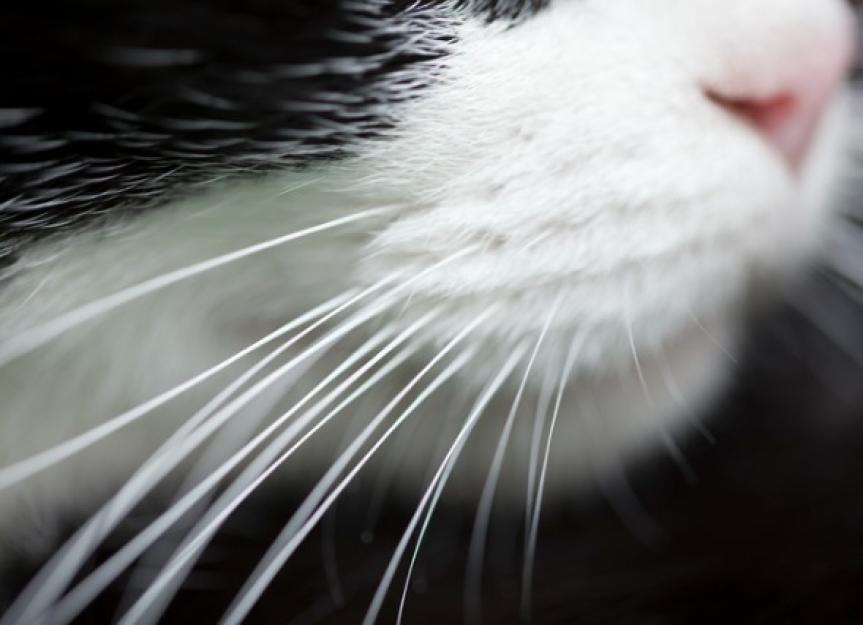
When a kitty’s whiskers are pushed forward, this means that he or she is interested and confident.
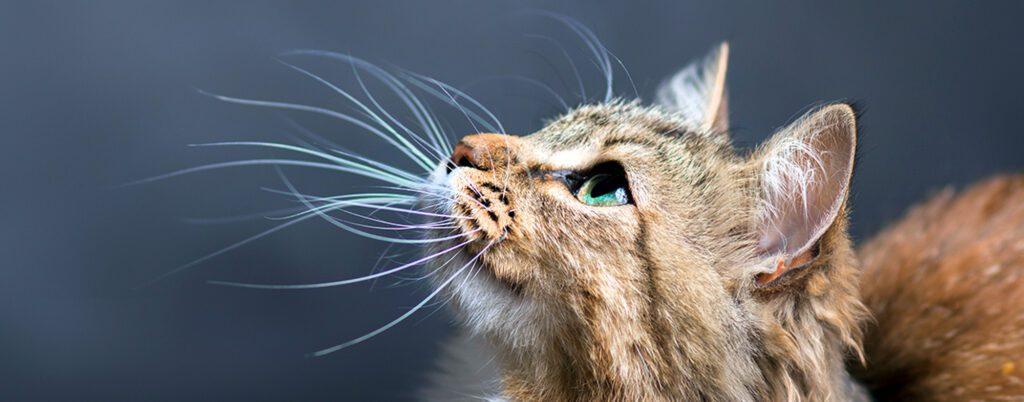
In contrast, when a kitty’s whiskers are pushed back, this may signal fear.
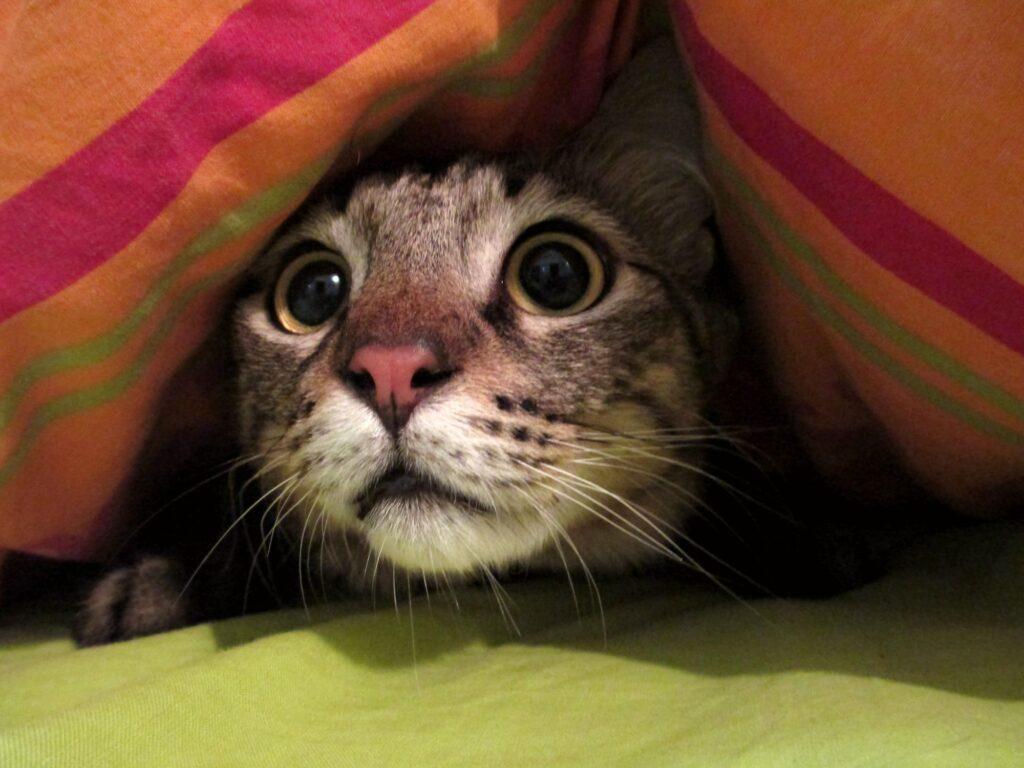
Mouth
Although cats’ mouth expressions are more subtle than those of humans, their moods can still be discerned through them if you pay close attention! Your kitty’s mouth is also an important factor in cat body language.
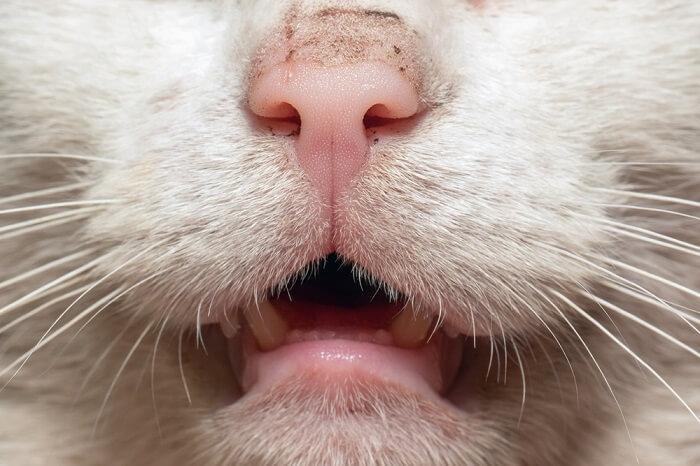
Like us, happy or relaxed cats will smile, while sad or anxious cats will frown.
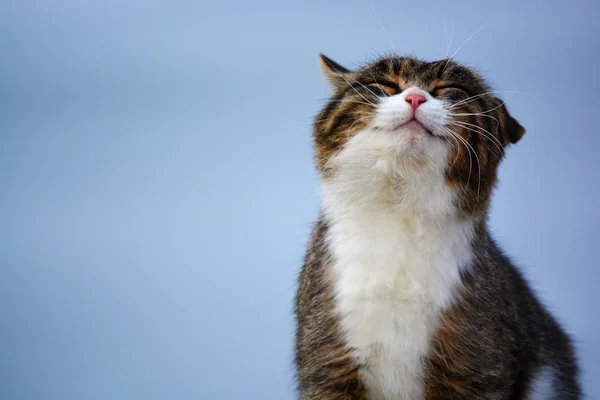
A cat will snarl if he or she is feeling angry or aggressive.
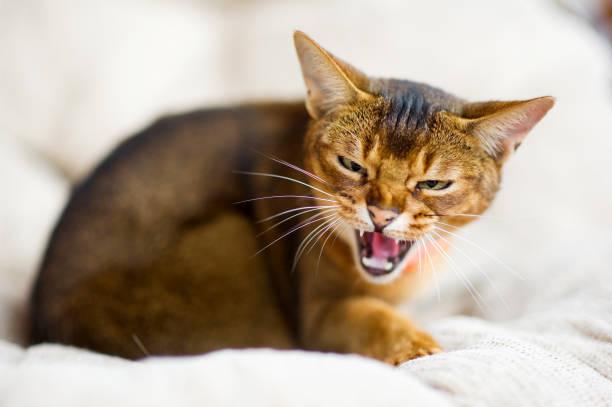
Fur
Your cat’s fur is another subtle indicator of their mood, and always worth paying attention to when it comes to cat body language.

If your cat’s fur is standing straight up on their body, this means your cat is aroused. Your cat may be feeling aggressive, agitated, excited, or scared. This is also usually accompanied by a fluffed up tail.
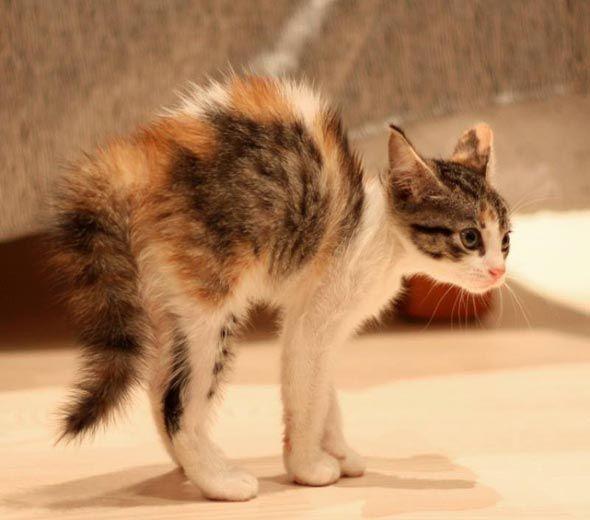
As with dogs, excessive shedding in one go can be caused by stress. That is also why your cat will shed a lot of fur when taken to the vet!
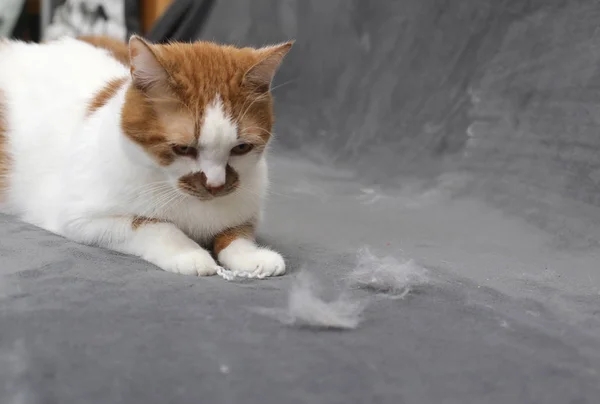
Posture
A cat’s overall posture is perhaps one of the most important things to look out for when it comes to cat body language! Since cats’ spines are so flexible, this enables them to contort their bodies in extreme ways.

Do you remember the posture rules for dogs? Well, they’re quite similar for cats.
A happy, confident, and relaxed cat will hold their body neutrally so that it looks to be its normal size. This means their posture will be balanced and open.
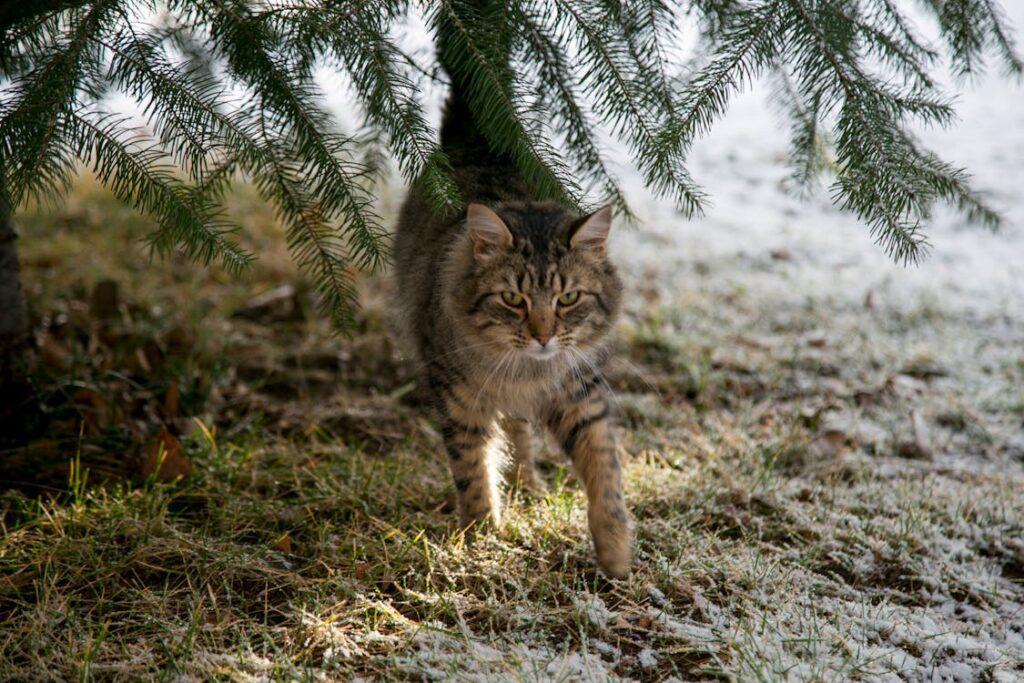
When a cat is scared or anxious, he or she will try to make their body look as small as possible. This will take the form of crouching close to the ground into a tight ball, perhaps with wide eyes and flattened ears. This enables the cat to flee quickly and avoid attention as much as possible in case of danger.
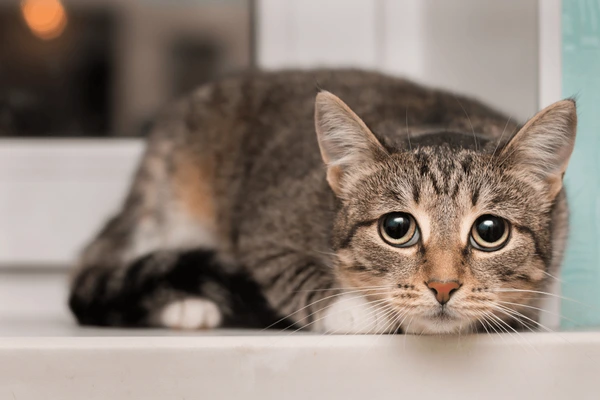
A cat will dramatically arch their back to make themselves look larger when they are ready to fight. This is usually accompanied by other signs of aggressive or fearful behavior such as fluffed up fur and flattened ears.
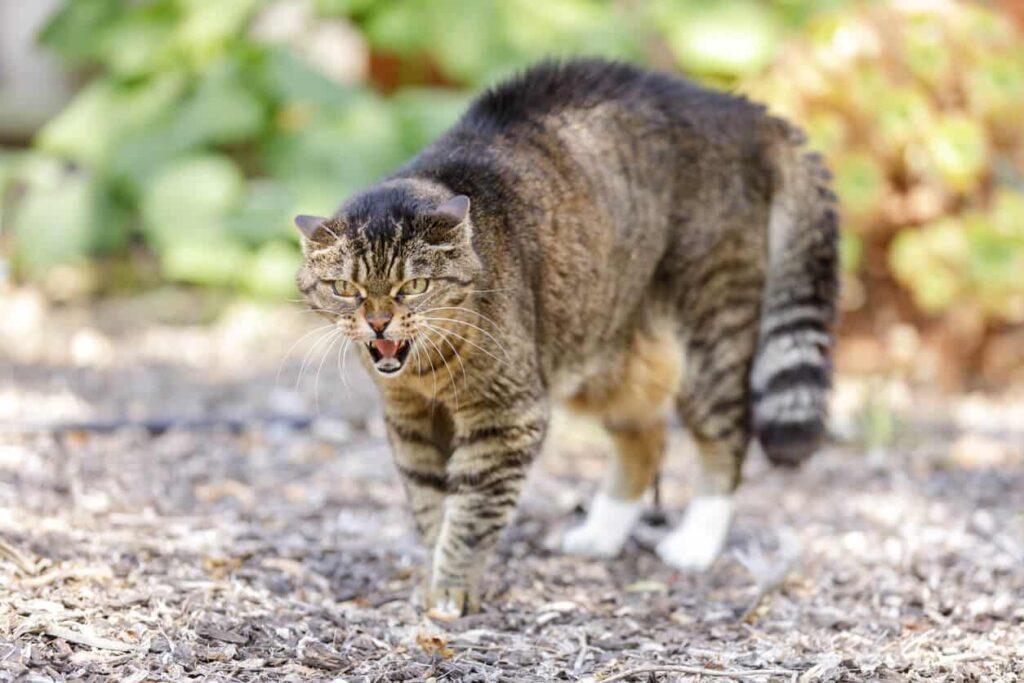
Tail
Last but most definitely not least, looking at a cat’s tail is a surefire way to tell how he or she is feeling. Tails are considered one of the most telling indicators pertaining to cat body language!
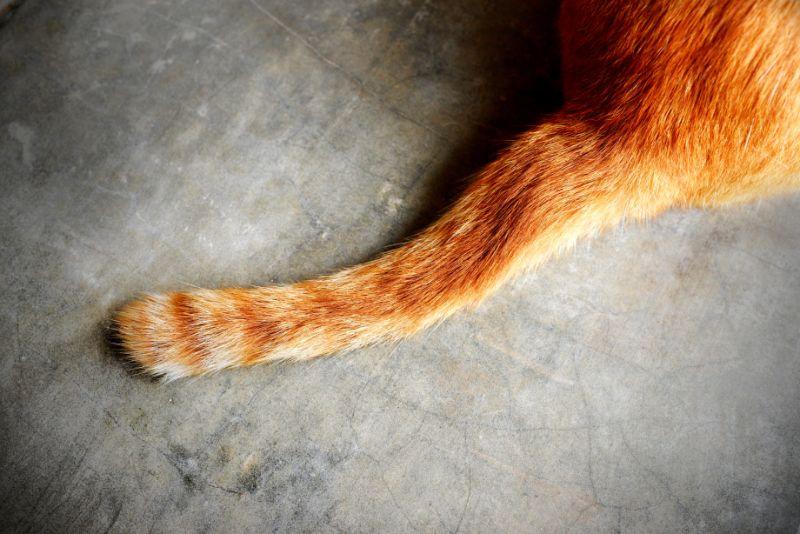
If a cat is feeling happy and confident, their tail will be held very high.
A high and trembling tail indicates excitement and extreme happiness. If your cat does this when he or she sees you, this means that they really love you!
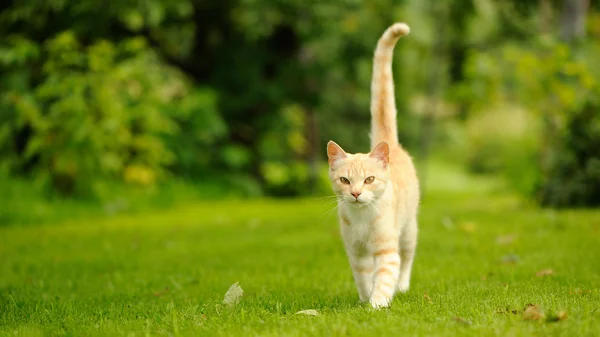
When a cat is feeling anxious, scared, or uneasy, their tail will be held low or even tucked between the legs.
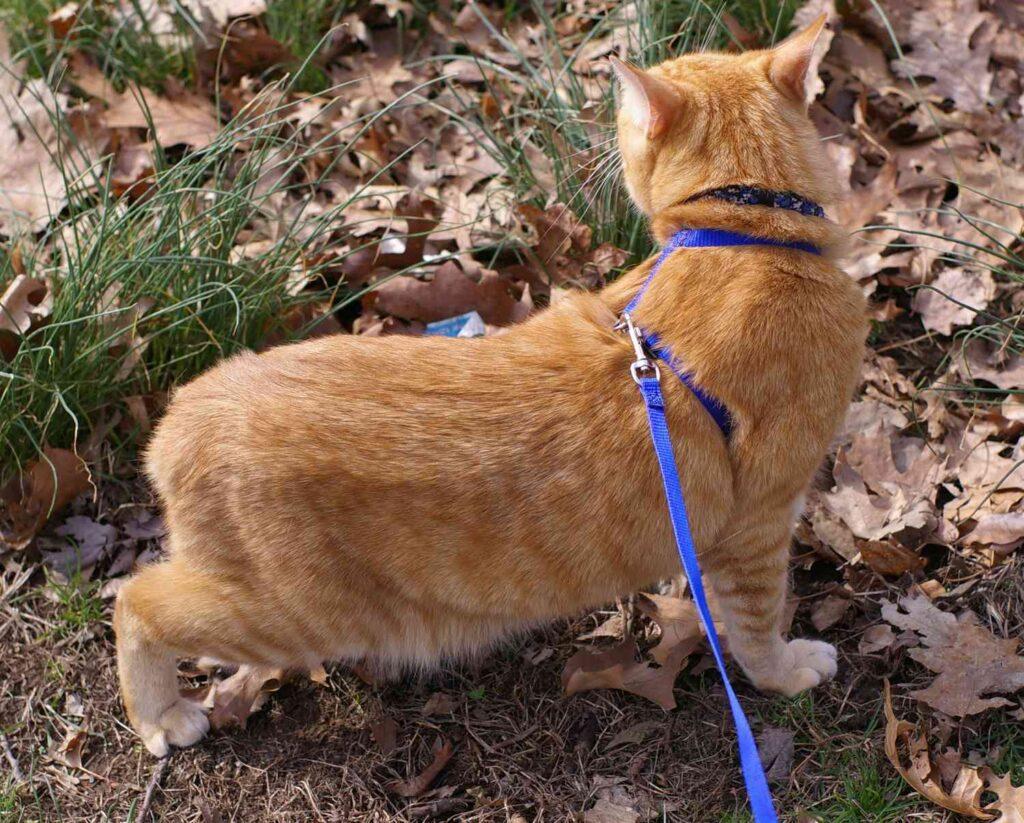
An agitated, angry, irritated, or alert cat will lash their tail back and forth. A cat flicking its tail like this might be telling you to back off!

UNDERSTAND YOUR CAT’S COMMUNICATION STYLE
Have you learned anything new about your kitty from this article? Educating yourself about cat body language and behavior is essential to understanding your feline friend and strengthening your relationship with him or her.
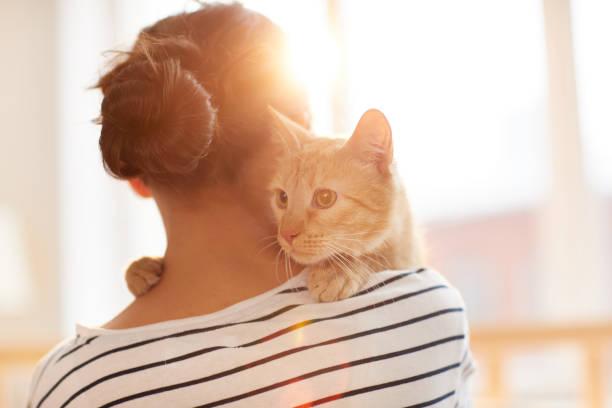
Please consider visiting our shop and making a purchase to enable us to keep educating the public about responsible pet ownership and animal welfare, as well as helping animals around Lebanon.
Best regards,
The Charity Shop Team

